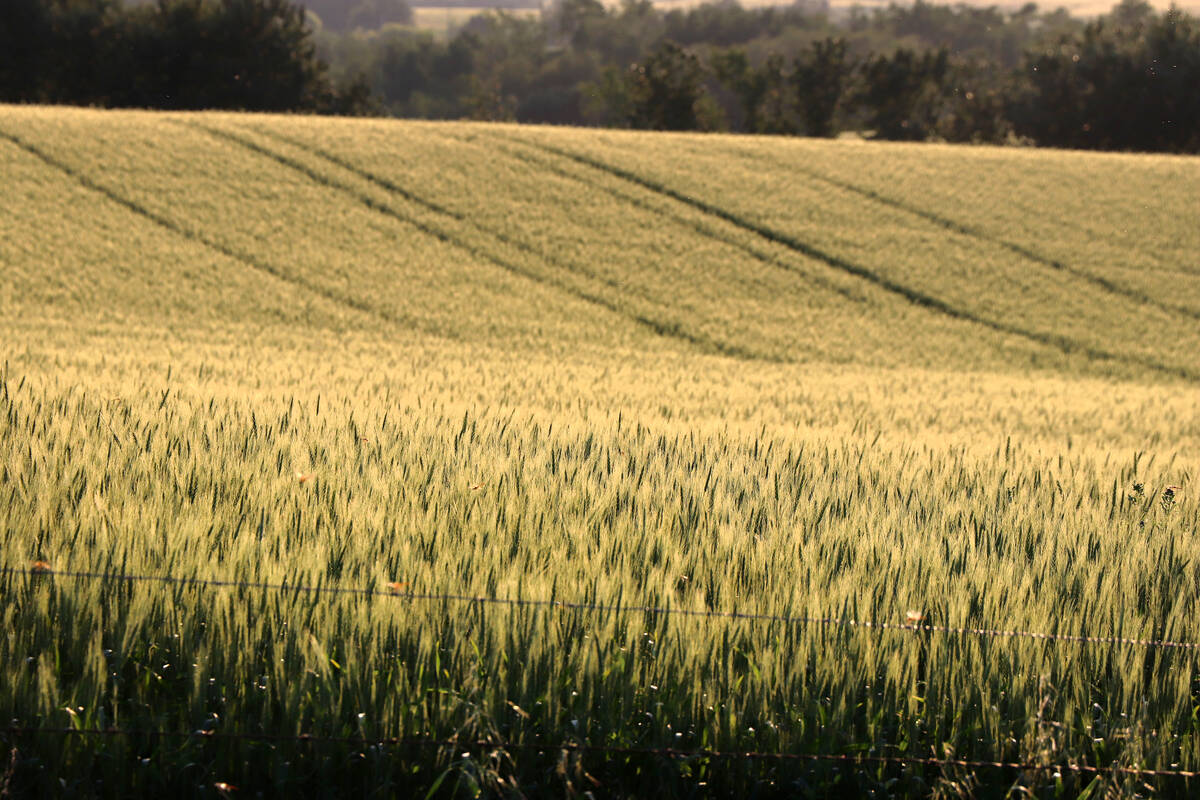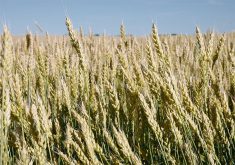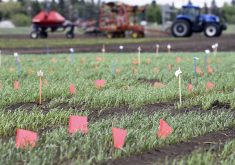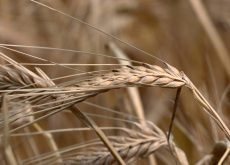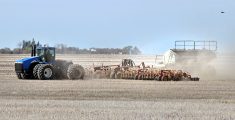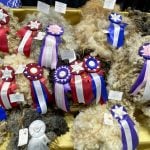WINNIPEG — The yield data in the Saskatchewan Seed Guide is reliable.
The yield numbers come from plot trials across the province to determine which varieties of spring wheat, canola, barley and other crops produce the highest relative yields.
Related story: On-farm research tackles malting barley fertility
Read Also
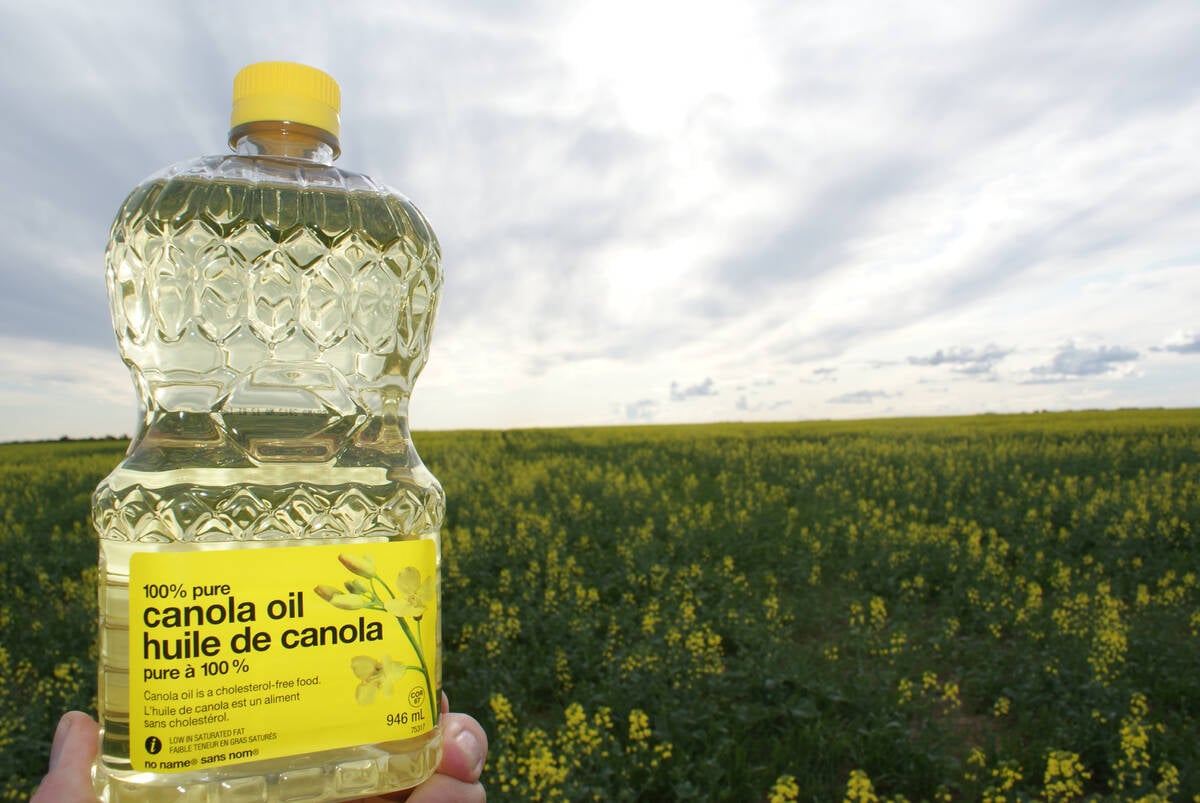
Rising vegetable oil demand may offset bad biofuel news
Global biodiesel/renewable diesel production is expected to decline for the first time in a decade. Bad timing for a canola industry looking for new markets.
However, reading about a 70 bushel yield in the Seed Guide is not the same as growing a 70 bu. wheat crop.
The latter is more satisfying — and more real.
That’s why a small group of Saskatchewan producers are testing wheat and lentil varieties on their land this summer to determine which varieties are best suited for their farm.
“The biggest difference is that growers can see it (the results) in their own fields, in their own area,” said Kayla Slind, lead research associate with the Western Applied Research Corporation (WARC).
“I think it hits home a little more.”
Slind and her colleagues at WARC help co-ordinate on-farm research projects for four grower commissions in the province — SaskWheat, SaskBarley, SaskPulse and SaskOilseeds.
About 60 Saskatchewan farmers are doing replicated and randomized field tests on 103 sites to evaluate seeding rates, fungicides and other agronomic practices, including varietal trials.
“Being able to compare varieties on farm along with information from the Saskatchewan Seed Guide are important ways to find what works best for a producer for their area, operation and typical management practices,” says a 2024 WARC report, detailing its on-farm research projects.
Last year’s report confirms that there’s a distinct yield difference between older and newer wheat varieties.
At three on-farm sites in Saskatchewan last year, the average yield for AAC Hockley was 63.6 bu. AAC Brandon, which has been on the market since 2014, produced 60.9 bu.
At the 2024 on-farm site in Plenty, Sask.:
- AAC Brandon yielded 74.8 bu. per acre.
- AAC Hockley yielded 80.6 bu. per acre.
This sort of real world result might convince a few growers to switch to the latest and greatest varieties.
In 2025, there are five sites in Saskatchewan where farmers are testing spring wheat varieties, two where they’re testing durum and one looking at lentils.
Besides yield, the variety trials also found that certain spring wheat varieties grow significantly taller, thus increasing the risk of lodging.
Data from the Seed Guide already shows that the newest varieties will outperform cultivars that have been around for a decade or longer.
However, farmers can be skeptical about small plot results.
The scientists and technicians who oversee small plot research manage the crop more intensely than a farmer managing 8,000 acres of cropland.
“Depending on the trial, they (sometimes say), ‘I don’t think that (practice) would work on my farm,’ ” Slind said.
On-farm research, done by a fellow farmer, is more meaningful for producers, mostly because it’s more relatable.
“We’re taking the small plot research … taking the most common and most beneficial treatments and putting it on farm,” Slind said.
“So guys can see how it works in their soil, in their topography.”
What’s in a name?
For several years, FP Genetics has partnered with the Royal Canadian Legion Command in Saskatchewan to name crop varieties after veterans.
AAC Hockley, a spring wheat, honours Jack Hockley who was born near Yellow Grass, Sask.
“He joined the Canadian Army during World War II. He served in the Pacific Command and was honourably discharged in Regina in April 1946. Jack has been a member of the Maple Creek Legion Branch #75 for 30 years,” says the FP Genetics website.
For more information about Jack Hockley and other veterans, visit https://www.fpgenetics.ca/veterans.


